Nurse Professional Liability Claim Report
This claim report is part of our ongoing commitment to do just that.
Key Findings of the Nurse Professional Liability Claim Report




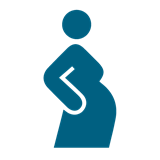
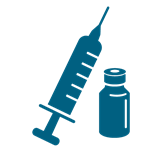





PART 1
Nurse Professional Exposures and Data Analysis
- Nurse specialties
- Healthcare delivery locations
- Allegations against the nurse
- Patient injuries associated with the claim
- License protection matters
Dataset and Methodology
- Involved a registered nurse (RN), licensed practical nurse (LPN)/licensed vocational nurse (LVN), nursing student or healthcare business;
- Closed between January 1, 2020, and December 31, 2024;
- Resulted in an indemnity payment of $10,000 or greater.
Limitations and Considerations
- Indemnity and expense payments include only monies paid by CNA on behalf of its insureds.
- The data reflects the “per claim” policy limits, which are typically $1,000,000 for CNA/NSO primary professional liability insurance.
- Other possible sources of payment, such as payments by co-defendants in response to the claim, are not considered.
- All incurred indemnity and expense amounts are attributed to the year the claim closed, regardless of when the claim was first reported or when the alleged injury occurred.
- Because of the uniqueness of each individual claim, the average total incurred amounts displayed within this report may not necessarily be indicative of the severity attributed to any single claim.
- As some elements of the inclusion criteria in each dataset may differ from that of the previous CNA/NSO claim analyses and claim reports from other organizations, readers should exercise caution about comparing these findings with other reports.
Terms
2015 dataset
2020 dataset
2025 dataset
Distribution
Expense payment
Indemnity payment
Total incurred
Average total incurred
1
Comparison of Average Total Incurred
2
Comparison of Closed Claim Count Distributions
Comparison of Average Total Incurred and Claim Count Distributions
The average total incurred increased 12.5 percent since the prior dataset, from $210,513 to $236,749.
The percentage of closed claims with an indemnity payment under $100,000 has decreased to less than 50 percent of the distribution in the 2025 dataset, while the percentage of closed claims above $750,000 has risen to 7.9 percent.
Closed Claims by Indemnity and Expense Payments
- Claim was successfully defended on behalf of the insured, resulting in a favorable jury verdict.
- Claim was withdrawn by the plaintiff during the investigation or discovery process.
- Claim was dismissed by the court prior to trial in favor of the insured defendant.
3
Closed Claims by Coverage Category
Closed Claims by Insured Type
- While LPN/LVN claims represented 8.6 percent of the claims in the 2025 dataset, Figure 4 indicates an average total incurred for LPN/LVN claims that was 36.2 percent higher than RNs.
- Healthcare businesses have a slightly lower severity than LPN/LVN’s; however, they are a larger percentage of the distribution of claims at 21.9 percent as evidenced in Figure 4. Healthcare businesses include various types of organizations such as home healthcare agencies, staffing companies and medispas, among others.
4
Closed Claims by Insured Type
Total Incurred
Many high-severity LPN/LVN closed claims involved the care and treatment of high acuity patients with multiple comorbidities and complex medical conditions, such as ventilator dependency, neurological birth injuries, paralysis, and postoperative complications.
An example of an LPN/LVN claim involving a patient with postoperative complications is noted on the link below.
While LPN/LVN claims represented only 8.6 percent of the claims in the 2025 dataset, the average total incurred was 36.2 percent higher than RNs.
Professional Liability Risks for LPNs/LVNs

Gerontology in aging services facility
Correctional health

Assessment
Patient’s rights/abuse/professional conduct

Aging services facility
Correctional facility

Fracture/dislocation
Infection/abscess/sepsis
Healthcare Businesses
Vicarious liability is the exposure that a healthcare business owner assumes for the negligent actions of employees and supervisees. These exposures are derived from the inherent duties associated with ownership, such as hiring, screening, supervision, and policy management, as well as vicarious liability.
Analysis of Claim Outcomes by Specialty, Location, Allegation and Injury
- Specialty
- Location
- Allegation
- Injury
Analysis by Specialty
5
Distribution of Closed Claims by Specialty
6
Average Total Incurred by Specialty
The following claim scenarios highlight exposures that contributed to the higher average total incurred for closed claims involving these specialties:
Analysis of Claims for Nurses in Leadership Roles
7
Closed Claims for Nurses in Leadership Roles
Although their primary responsibility is not providing direct care, nurse leaders are exposed to professional liability claims with an average total incurred of $160,595.
Nurse Spotlights
For risk control strategies related to:
- Protecting Your License
- Documentation - Coming soon!
- Artificial Intelligence - Coming soon!
- Technology in Nursing - Coming soon!
- Liability for Charge Nurses - Coming soon!
- Well-being and Mental Health - Coming soon!

Definitions of Nurse Leadership Roles
Director of nursing (DON)
Nurse manager
Charge nurse
8
Closed Claims for Nurse Leaders by Position
9
The following claim scenario provides an example of one of the most common allegations experienced by nurses in leadership roles – failure/delay in reporting to a regulatory agency.
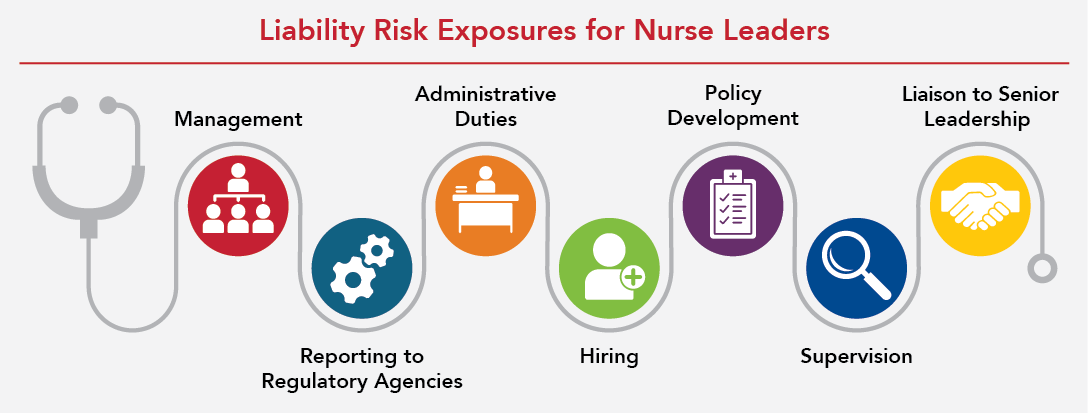
10
Distribution of Closed Claims by Location
11
Average Total Incurred by Location
Assessment


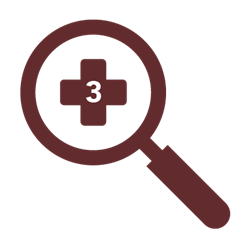

12
13
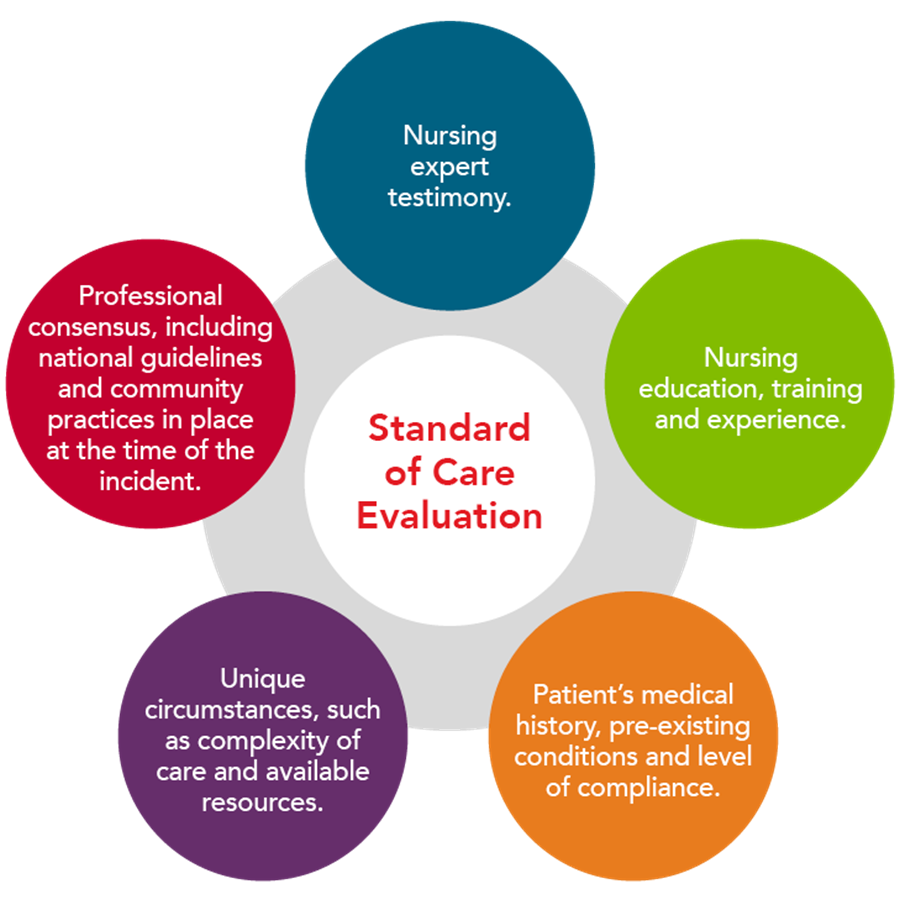
Analysis of Treatment/Care Allegations
14
32.4%
15
Analysis by Injury
16
17
Responding to Adverse Events




Ready to enhance your risk management education?
Stay up to date on industry insights, trends, and tips when you sign up to receive our exclusive monthly newsletter. You’ll receive case studies, industry insights, articles, videos, webinars, and more!